An Exploration of the Phenomenon of Underrepresentation in the Stem Disciplines of Faculty, Administrators, and Students Within Selected Higher Educational Settings
Abstract
The 21st Century existence of shortages, gaps, and low underrepresented groups in science, technology, engineering, and mathematics (STEM) disciplines in the economic sector and higher education presents a problem for the United States and the world economy. Selected studies seemingly suggest that a need for a diverse faculty through recruitment and retention are needed in both K-12 and postsecondary education. Additionally, the literature review for this study seemingly posits an existence of a high dropout rate due to institutional climate, inadequate mathematics preparation and underdeveloped study skills of underrepresented minority URM students in STEM disciplines. The study design developed a conceptual framework that was informed by the use of an interpretative phenomenology analysis approach through the lens of the participants’ self-reported demographic variables collected from the instrument to explore, understand, and describe the lived experiences of STEM faculty and administrators in their effort to increase diverse faculty and the phenomena of attracting, retaining, and graduating underrepresented student populations in STEM programs. Likewise, the researcher applied the interpretative phenomenology analysis approaches to understand the demographics and lived experiences of students in their effort to matriculate to graduation from STEM-related programs. As a result of the methodological design, the semi-structured interviews with open-ended questions and observations to collect data from (N=19) participants consisted of (n=15) faculty and (n= 4) students. The phenomenon of underrepresented minorities in STEM disciplines, as recounted from the experiences shared by the participants, resulted in nine themes related to the major research questions. The findings from the participants included Developing effective future leaders in STEM; Lived experiences of the phenomenon from STEM faculty perspective; Diversifying, inclusion and collaboration of faculty and students; Shared effort to attract and increase faculty in STEM programs; Progressive educational delivery preferences for STEM faculty; Staying current, competitive and connected in a contemporary environment; Student matriculation in STEM programs; Student research and retention experience and student relationships and mentoring in STEM-related programs. Findings contributed to literature on lived experiences and also may assist faculty, administrators, and educators to develop better strategized recruitment for faculty and students, diversify and inclusion environment, and formulate a STEM education curriculum. The suggested recommendations from the study include the following: (a) a quantitative study of the phenomenon of URM conducted with a stratified sample of participants from among various public and private university settings to be representative of the population; and (b) the research study findings could be replicated at the P12 secondary level to obtain the experiences of high school STEM faculty. It can be further suggested that an empirical research study of students matriculating from settings with diverse faculty can be conducted as the treatment group and a STEM discipline department with URM faculty and students can serve as the Control Group to ascertain the differences that diversity might make in the matriculation to graduation of STEM students in the different settings.
Subject Area
Higher education|Curriculum development|Educational leadership
Recommended Citation
Chavis, Grace M, "An Exploration of the Phenomenon of Underrepresentation in the Stem Disciplines of Faculty, Administrators, and Students Within Selected Higher Educational Settings" (2021). ETD Collection for Fayetteville State University. AAI29005903.
https://digitalcommons.uncfsu.edu/dissertations/AAI29005903

